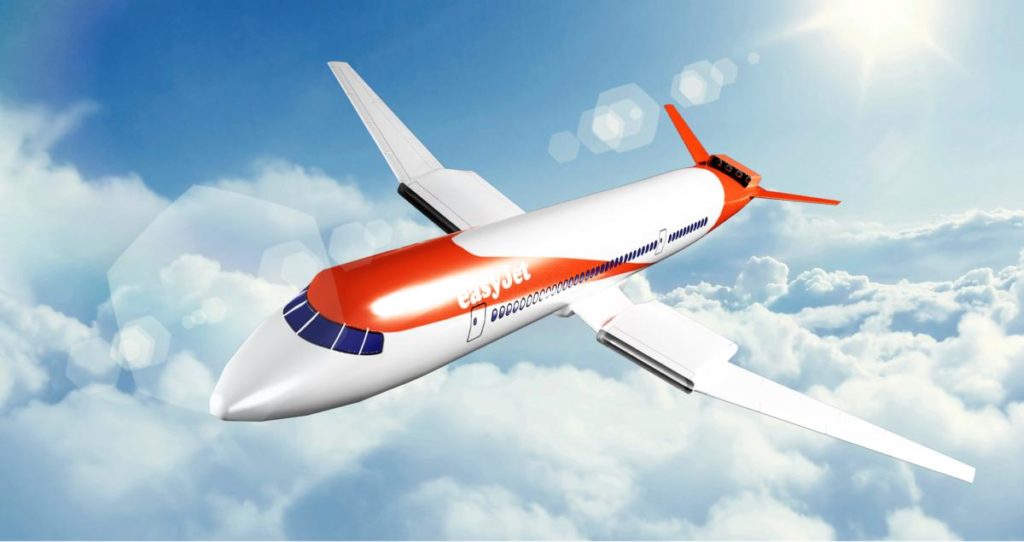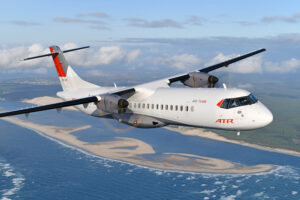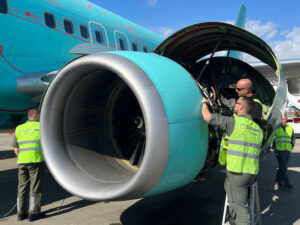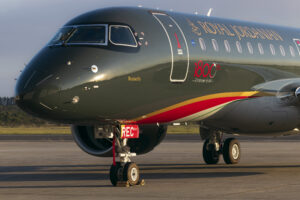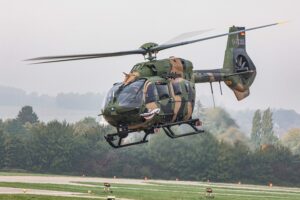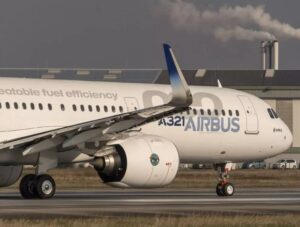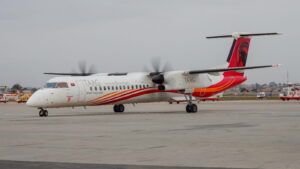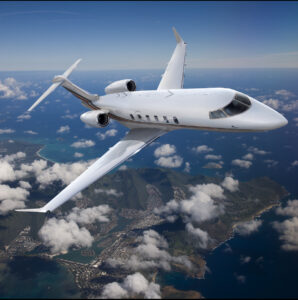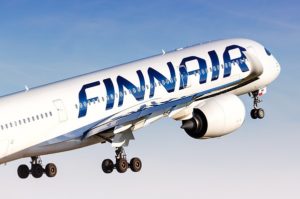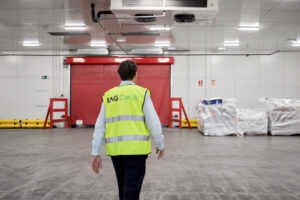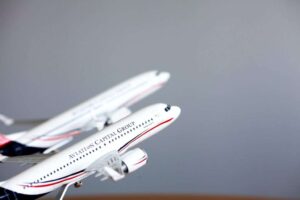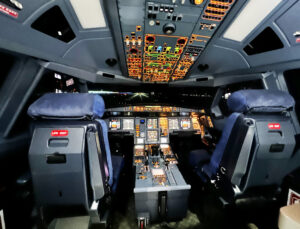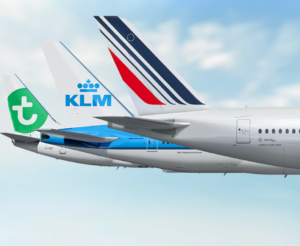easyJet has confirmed that progress has been made towards its strategy to progressively operate even more sustainably and reduce noise from aviation operations.
Partner and US start-up company, Wright Electric, has commenced work on an electric engine that will power a nine seater aircraft. Wright Electric partner Axter Aerospace already has a two seater aircraft flying, and the larger aircraft is expected to start flying in 2019. The prototype propulsion system for the nine-seat aircraft is four times more powerful than the system installed on the two-seat aircraft. Work will commence on an easyJet-sized aircraft by aircraft designer Darold Cummings.
Wright Electric has also filed a patent for a motor that will be used in the larger aircraft. This exciting development suggests that the transition towards an all-electric commercial passenger jet capable of flying passengers across easyJet’s UK and European network is in sight. London – Amsterdam is Europe’s second busiest route with a strong demand for day return trips, potentially making it an ideal route for all electric plane flying, or what easyJet is calling an electric ‘flyway’.
Pioneering has always been a core element of the airline’s strategy and since 2000 easyJet has reduced its carbon emissions per passenger per kilometre by over 32%.

